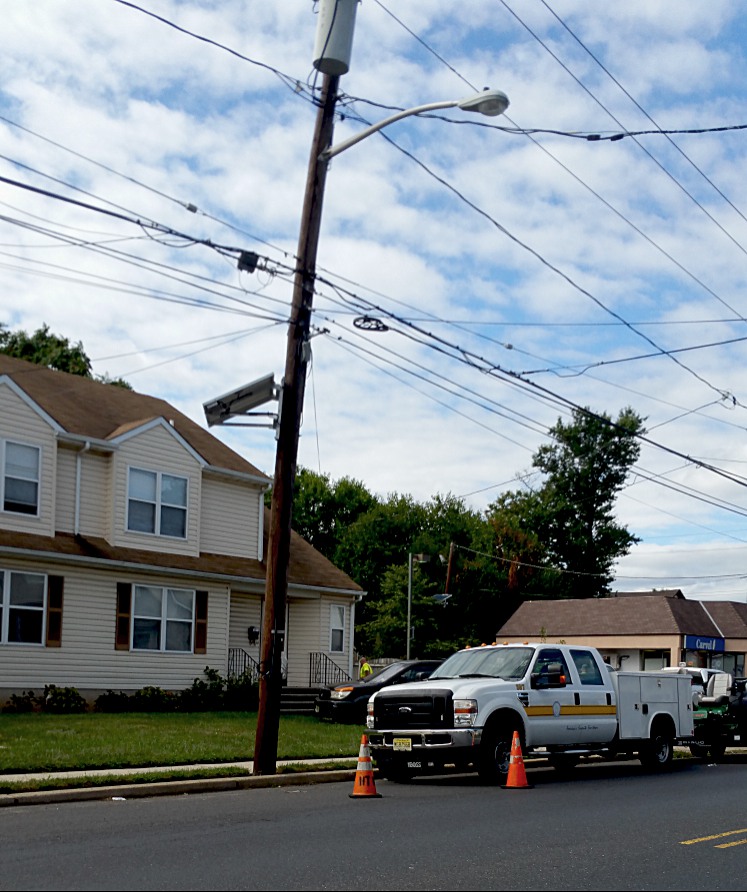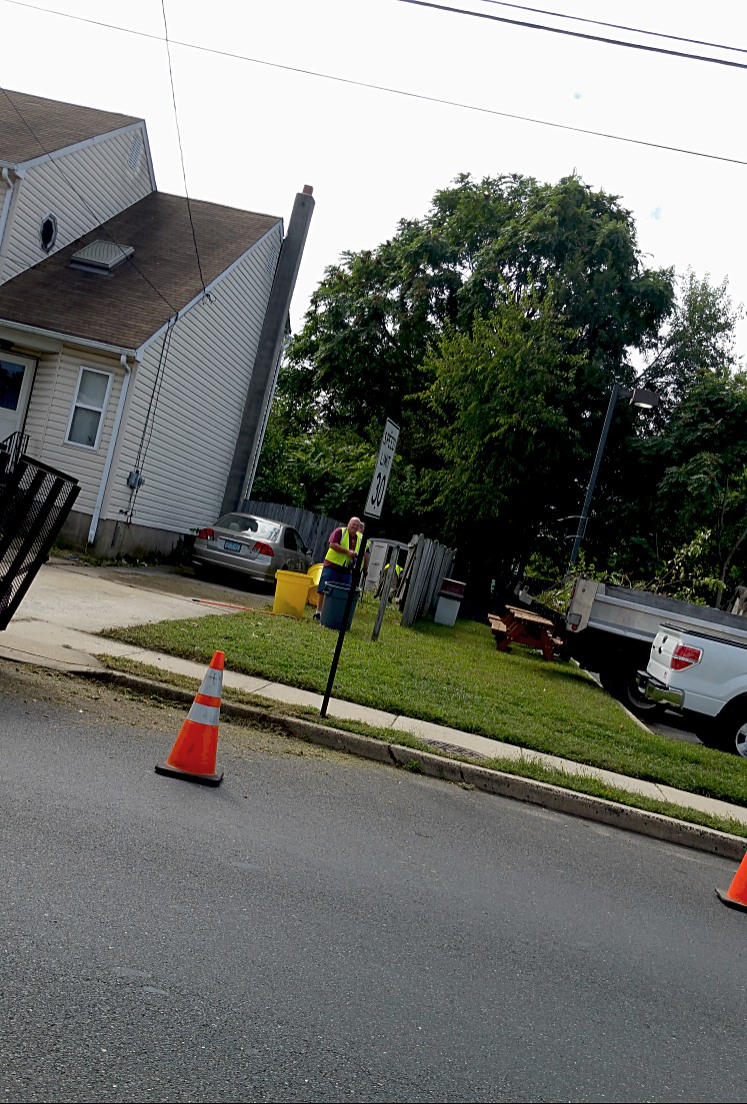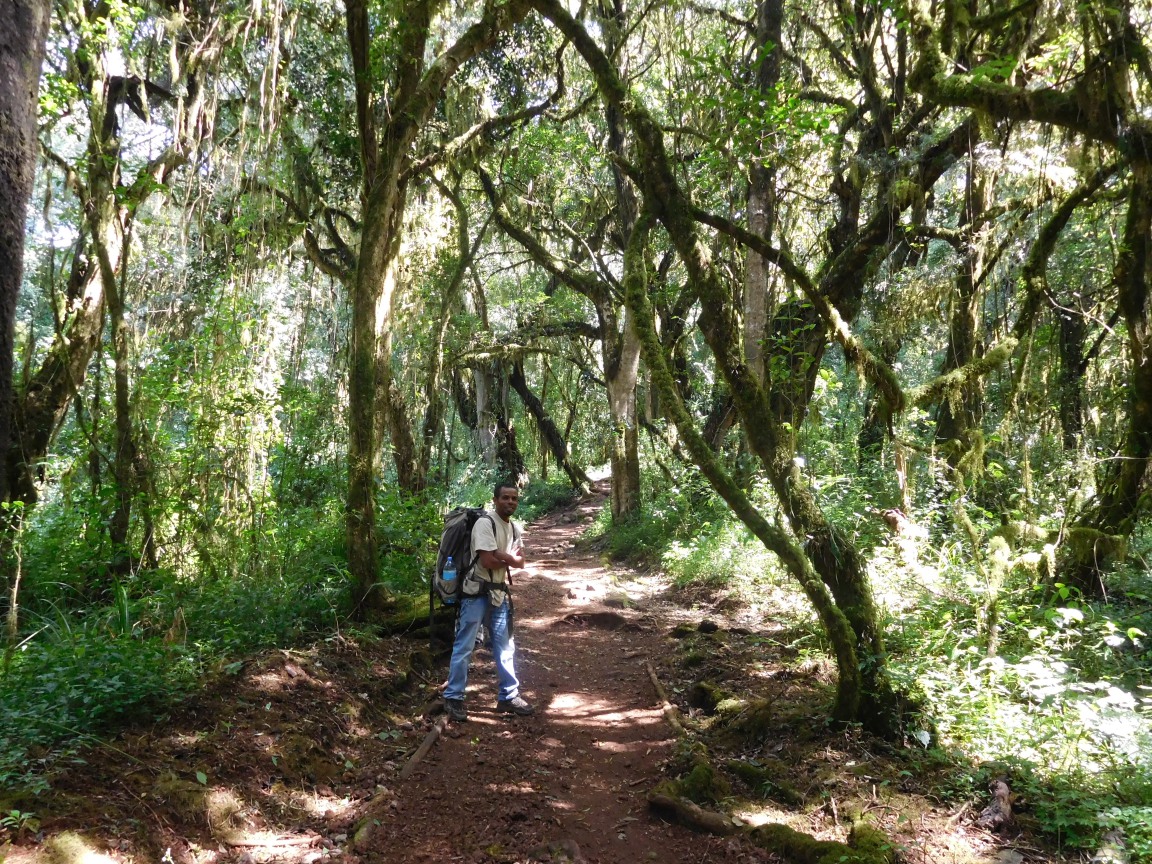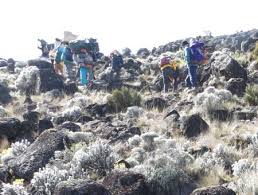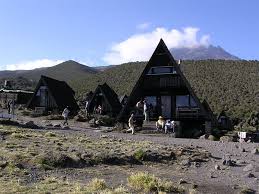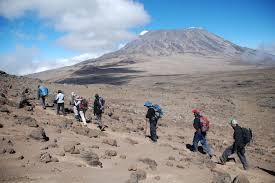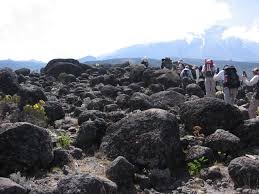Topic: COMMUNITY INTEREST

MaJOR CONFLICT with Hamilton Township Electricity Meeting September 29th
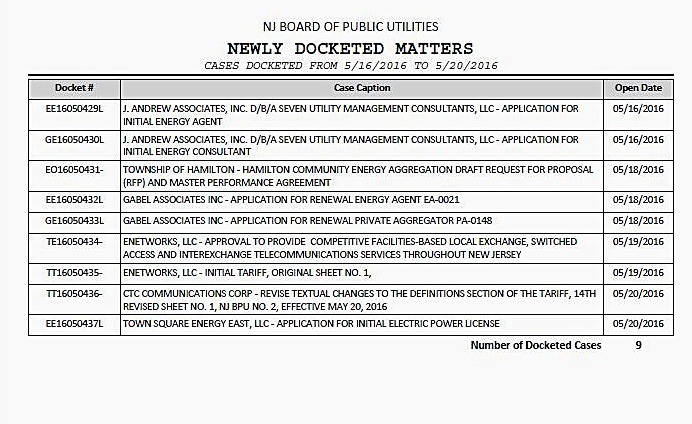
Two months after Hamilton Council killed a resolution that would have reduced homeowner electricity bills, the Mayor of Hamilton has announced the township will host a public information session next week to educate the public about the potential benefits of being enrolled into a third-party energy aggregation program.
The public information session on Energy will be held 6:30 p.m. Sept. 29 at the lower-level meeting room of the Hamilton Free Public Library.
She states she wants the residents to fully understand how this program works, so they can be comfortable in participating and will enjoy the savings that the bulk-purchasing of electricity can provide.
Yet, she deliberately scheduled this meeting so the vast majority of Hamilton residents cannot attend. This is being held the same night of the well in advance previously announced Hamilton School District Back to School Night.
Why would the Township schedule this important event that conflicts with a School District-wide parent student event? This will clearly impact the attendance at one of the events and it is doubtful that is will be the back-to-school night. This was done on purpose. Why? They need to immediately reschedule this event to ensure the entire community is made aware and can attend.
The mayor states the reason she is proposing this initiative for the community is so residents can reduce electricity costs.
The public information session will be held 6:30 p.m. Sept. 29 at the lower-level meeting room of the Hamilton Free Public Library.
During the public information session, Hamilton’s energy aggregation consultant, Gabel Associates, will give a formal presentation explaining the program. Attendees will then be encouraged to engage in an interactive question-and-answer period.
On July 19, Hamilton Council heard negative feedback from residents and then voted 3-2 to reject a resolution that would have automatically entered homeowners into a third-party program that would have reduced their electric bills by 7 percent for at least nine months.
Unfortunately, the state of NJ has no laws against cramming. The leadership of Hamilton is taking advantage of this. Cramming involves unexpected or unauthorized charges on a bill for power. Cramming also allows government entities to change your power without your permission.
The public information session on Engery will be held 6:30 p.m. Sept. 29 at the lower-level meeting room of the Hamilton Free Public Library.
For all the countless types of goods and services consumers can buy, they basically fall into one of two different payment categories: those where you know (or can find out) your total cost before you agree to buy it, and those where you can't know the full cost until after you've taken on responsibility to pay for it. During a Hamilton school board meeting in 2015, it was stated by one of the school board members," We did not understand the lease we had and the balloon payment we had at the end, we were not prepared for." This "surprise" (aka. leaders without a clue) cost the township millions of dollars. The likelihood that the leadership understands this power proposal is highly unlikely.
The leadership in the township has not demonstrated that they have the ability to understand any program they initiate. Residents saw this with the reassessments that recently occurred with their properties. On the township page right now, they are sending residents directly to Gabel Associates with their questions, not to anyone in the township. This is another cluster in the making with this Energy plan, no doubt.
The bill comes later
Electricity is another bill-after-the-fact service: first you use the power and then you're charged for it, and if the bill proves higher than you can afford, there's no option to return or give back the extra wattage (though you can definitely take steps to reduce your power usage henceforth).
Even determining the price-per-kilowatt hour in advance doesn't always work. This is partly because the energy market is always in flux, largely due to reasons beyond sellers' or buyers' control: anything from cold winters to hot summers to political instability in any of a hundred different energy-producing regions can lead to a price rise. In documents on the township website it states they are going to purchase a "bulk of power" upfront to ensure a "cheap rate".
But customers of third-party energy providers (as opposed to the single regulated utility in a given area) frequently complain of enormous price rises far higher than normal energy-market economics would indicate.
A sampling of reader complaints we'd collected about a 3rd party Energy company, the majority of which boiled down to, “They promised low rates but then my bills skyrocketed, and canceling the contract proved difficult and expensive, too.”
Electric deregulation fails to live up to promises as bills soar. Deregulated energy consumers often end up paying far higher rates than do customers of the local regulated utility. T
There are five big red flags in the electric market: exorbitantly high rates; low introductory or “teaser” rates that suddenly disappear; unexpected extra fees; punishing exit fees; and high-pressure sales tactics.
Third-party electric customers in Connecticut have long reported similar problems to their utility boards, to the point where the state House of Representatives unanimously passed a bill that would set certain limits on third-party residential energy providers.
Right now, it’s a buyer-beware electric market. States are getting complaints from power shoppers who thought they were signing up for one deal but then got slammed with some of the highest electric rates we’ve ever seen from alternative suppliers. What is the cost per KWH that Hamilton's leadership is proposing? What is the Bulk rate price they are signing up to? Is that based on a certain amount of power used? What is someone uses more power, less power, new homes get built and add to the power consumption, etc.
Consumers have reported paying even higher prices from these changes in the state. From January through April, some have seen a 115 percent increase in complaints and inquiries about alternative electricity suppliers over the same period a year ago. These contacts ranged from simple questions about electric offers to something more serious:
Low introductory rates that disappear: Suppliers may try to lure customers into contracts with low introductory rates that shoot up after a short period. Always ask if the rate being offered is an introductory rate, how long it lasts, and what happens to the rate after the initial period.
Extra Fees: Ask if there is a monthly fee, and factor that into the per kWh price. Many suppliers charge exit fees of up to $175 if a customer leaves a plan before the contract is up. Under the law, customers are allowed to leave a contract without paying an exit fee within 10 days after the date of the first bill from a supplier.
Below is a link to an independent company reviewing ConEd
http://callmepower.com/suppliers/conedison-solutions/reviews#fixed-rates
Peak Time Savings: This program, which will begin in the summer of 2015, gives ConEd customers an opportunity to save money without risk. By signing up, consumers are credited on their electric bill when they reduce power usage during designated periods when electricity is most in demand.
Gabel Associates has helped 12 other towns across New Jersey enter into third-party energy programs, including Toms River, which has a population slightly larger than Hamilton’s with about 90,000 residents. Homeowners enrolled into third-party programs in the municipalities of Plumsted, Monroe, Montgomery, West Orange, Lambertville, West Amwell, Colts Neck, Raritan, Flemington, Eatontown, Old Bridge and Toms River have realized energy cost savings ranging from 8.5 percent to 19 percent in the supply portion of their energy bills, according to the press release issued by Yaede’s office.
Hamilton Councilmen Dennis Pone and Dave Kenny supported the energy cost-savings resolution at the July 19 council meeting, but the measure failed to pass when Council President Ileana Schirmer and Councilmen Ed Gore and Ralph Mastrangelo voted it down.
Pone suggested it was his duty as an elected official to vote in favor of the 14-month, third-party energy program that would have retained identical power and identical service but would have resulted in at least nine months of reduced energy bills for his constituents over the 14-month contract period. “If I could save people $78 a year, I’d think I was elected to tell them what to do,” Pone said at the meeting. He also said, “I have never as a councilman never made a decision where saving money is guaranteed and I am not going to vote for it.”
Mastrangelo suggested $78 in estimated annual savings was insignificant; Schirmer said government should not tell homeowners what to do and should not automatically enter people into a program without a homeowner’s prior consent; and Gore said he did not like how the energy cost-savings resolution was added to the council’s July 19 agenda at the last minute. Again, to limit the residents on hearing about the program. It was not on the published agenda prior to the meeting on July 19th. There is a resident on video who attended the meeting on July 19th, with the printed agenda from the townships website, stating, "Why is this not on the agenda?"
How much money has been spend paying Gabel Associates to do this analysis? What did that cost taxpayers? What will it cost to initiate this type of program? Residents bet its higher than the $78 dollars in savings by changing.
If council had passed the resolution, all of Hamilton’s residential homeowners — the ones who do not have solar panels installed on their properties — would have been automatically enrolled into a program by third-party power supplier ConEdison Solutions that would have reduced homeowner electric bills by 7 percent for at least nine out of 14 months from October 2016 through December 2017. If residents do not see a 7% decrease they will have the right to sue the township due to all the collateral they have launched that guarantee at minimum a 7% decrease. This will also cost residents more than the promised $78 savings per year.
How to Opt-Out?
Residential customers who are automatically included (See Below on who is automatically included) in the program have the right to “opt-out.”
However, it is advantageous for all residents to join and remain in the program, as this gives the community the “strength in numbers” to negotiate the best price for consumers. All residents will receive information about the program and be given the opportunity to opt-out.
How to Opt-Out?
- Call Gabel Associates toll-free at: 855.365.0770
- E-mail to: HCEA-info@gabelassociates.com
- Sign and mail back the postage-paid "opt-out" card during 30-day "Opt-out Period" (to be mailed in late December 2016)
- Remember: Even after an electric account is enrolled, residents are free to opt-out of the program at any time during the contract! Participation in the HCEA Program is 100% optional! There are no fees or penalties if you decide to opt-out.
Who is Automatically Included
If the Township Administration receives a bid that provides savings and the Council makes the decision to award a contract, residents will be automatically included in the HCEA program and sent a notice in the mail shortly after a successful bidder is selected. This notice, known as the Opt-Out Notice, provides all the details of the program as well as the various ways to opt-out of the program, including the awarded TPS’s toll free telephone number, email address, and a postage-paid opt-out card.Customers will have 30 days to review the Opt-Out Notice and decide whether they wish to opt-out of the program. After that 30 day opt-out period, those residents who do not opt-out of the program will be enrolled by the winning supplier.
Even after an electric account is enrolled, residents are free to opt-out of the program at any time during the contract! Participation in the HCEA Program is 100% optional! There are no any fees or penalties if you decide to opt-out.
Customers that have their own, independent TPS contracts, or that have a solar power system installed on their property are not included initially but are given the option to join the HCEA program.
Why is Program Set Up as Opt-Out?
The program rules, which have been established by the State of New Jersey, have been set up this way to ensure that a sufficient number of households will participate to obtain a meaningful bid, and to avoid the costly and time-consuming process of having everyone affirmatively sign up for the program.
The aggregation rules incorporate consumer protections, and recognize the logistical challenges of a residential procurement program, while at the same time providing a structure that will attract bidders.
When the retail choice program was originally enacted in NJ in 1999, the rules required that government aggregators be required to obtain a so-called “wet signature” from each residential customer demonstrating the customer’s affirmative consent to join. After a number of years, it was recognized that this “opt in” approach put such a burden on the programs that none got off the ground, and the model was changed by the State to “opt-out” for residential customers. Unlike business customers, residential customers represent large numbers and (relatively) small usage/margins for each account. In order for an aggregation of residential customers to work, it is necessary to get large volumes with as low transaction costs as possible. This results in the opt-out approach, which gives suppliers a firmer basis for the load they are bidding on, but still provides residential customers with the ability to opt out.
The State regulations also require that an aggregation program show savings versus the utility-provided rates. Each residential customer will receive a written notification after the bid, informing them of the price, the comparison to the utility price, and their right to opt out. As such, each resident will be fully apprised of all pertinent information necessary to make an informed decision.
- Call Gabel Associates toll-free at: 855.365.0770
- E-mail to: HCEA-info@gabelassociates.com
In 2013, Plumsted Township, known for its farms, horse ranches and sprawling military base, is now also a trailblazer in the energy market. The Ocean County community of 8,400 became the first municipality in New Jersey to contract its electric power supply with a third-party provider, switching from Jersey Central Power & Light to Con Edison Solutions.
The subtle but significant change means Plumsted residents have been saving a few extra dollars on their electric bills each month, at no cost to the township, said Mayor Dave Leutwyler. Falling energy prices enabled Plumsted to take advantage of a decade-old state law allowing municipalities to handle bulk purchases of power supply for their customers.
Much has remained the same about a homeowner’s monthly bill, which is still sent from JCP&L, the state’s second largest electric company. JCP&L still delivers the power, maintains the infrastructure and responds to outages and emergencies. Residents are not seeing a significant savings, so why bother? LEt residents make their own choices. To have the Hamilton leadership dictate what is to be done, has neverworked in the best interest of the residents.
The only difference in the bill that residnets will see,is the section labeled Supply Charge, which will fall under "Con Edison Solutions," and appears as a separate bill for kilowatt hours used.
Con Ed can charge less because it isn’t bound by the same regulations New Jersey imposes on its four utilities, including JCP&L.
Plumsted’s move affects only the township’s residential electric customers, who was slated to save about 15 percent compared to JCP&L’s supply charges. That works out to an average savings of about $165 a year per customer, Leutwyler said. Why are other townships seeing a higher savings than what Hamilton is proposing?
A dramatic drop in energy prices — caused in part by increased natural gas supply — created an opening for unregulated third-party suppliers, said Stefanie Brand, director of the New Jersey Division of Rate Counsel. Those suppliers purchase energy on more volatile short-term markets, which have fallen faster than the longer-term guarantees that constrain utilities like JCP&L.
"That made it look good to municipalities," said Brand, the state’s utility watchdog. Rate Counsel supports the switch as long as ratepayers save money, she said. "We look at whether consumer protections are in place, make sure there are no hidden costs and that rates don’t go up during the course of the contract."
Individual residents can also seek third-party providers, but the discount will generally be much lower. Switching to a third-party provider remains a complicated process, one that took Plumsted, which has just 2,500 homes, several months to complete. A public hearing was held and plans were submitted to the state Board of Public Utilities and Rate Counsel for review. Any of New Jersey’s 110 licensed third-party suppliers were then allowed to bid on the contract and in October, the township council approved the measure.

